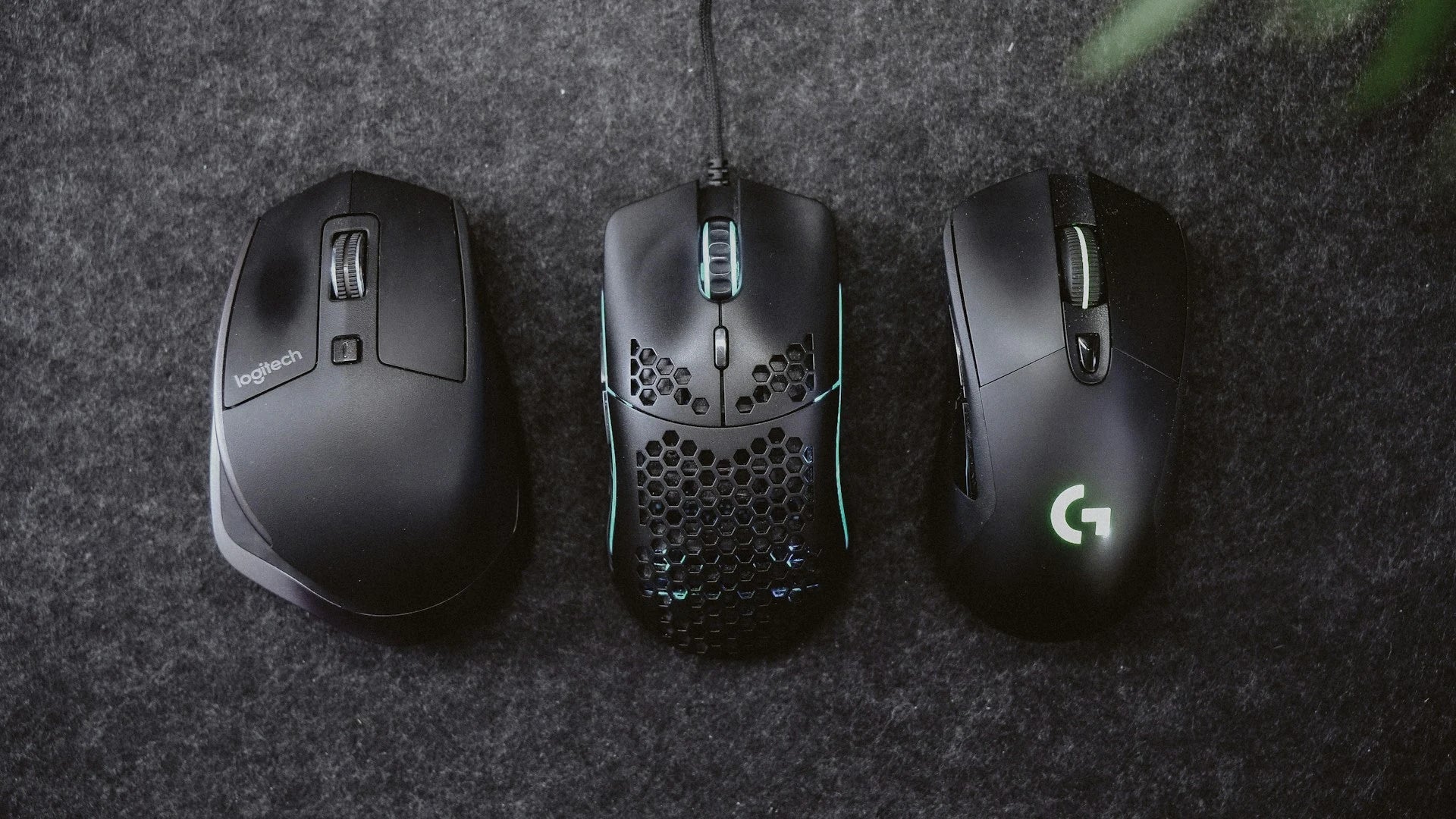
Gaming Mouse - Buyer's Guide
If you have found the perfect gaming mouse for you, you usually play much better than with any office model. The market is now hard to keep track of and the selection of gaming mice is huge. The range of features, specifications and types is so large that everyone can find the ideal gaming mouse. To give you a detailed overview of what to look for when buying a new mouse, we've put together this gaming mouse review for you. Which manufacturers have proven to be the best? What about the sensor? What should be considered in terms of ergonomics? You can find out all this and more in our gaming mouse review! Have fun.
What you should look for when buying a gaming mouse!
Ergonomics
A gaming mouse is only good when you don't consciously notice it even after hours of sessions - that means it should fit perfectly in your hand and adapt to the conditions so you can grip and maneuver it reasonably. But how do you find the mouse shape that suits you best? First and foremost, you should look at what experience you've already had with other mice. If you find the shape of your old mouse comfortable, you should look for a similar one again and not do any great experiments, because we all know: Never Change a Winning System. Apart from that, a gaming mouse should of course neither be too big nor too small - for big hands a big mouse is recommended, for smaller hands you should rather reach for a smaller variant.
Weight
Found the ideal mouse shape? Great, then you're ready for the next step - determining the weight. This can sometimes be just as difficult, if not more so, than finding the right mouse shape, because again, the issue is very subjective and completely individual. Gaming mice can vary extremely in weight. For some people, the mouse can't be light enough, while others prefer it to have a certain weight and stability.
Function keys
There are gaming mice that are kept simple as far as possible and those that are equipped with additional buttons besides the three main function keys (left, right & middle mouse button). These so-called function keys can usually be assigned individually and in some cases even arranged modularly. Besides the specifications of a gaming mouse, you should also know how many buttons you need and what you want to do with them.
Sensor
The sensor of a gaming mouse is the element responsible for the accuracy when moving the mouse. In contrast to conventional office models, gaming mice usually have very sensitive sensors that enable extremely high precision when aiming. In order to counteract the confusion, we would like to give you a tip on the subject of sensors: Make sure that your new mouse has a maximum sampling rate of at least 16000 dpi. With the right software settings and the corresponding individual adjustment, good results can usually be achieved, which should also be sufficient for budding professional gamers.
DPI
Dpi means dots per inch, i.e. how accurately the gaming mouse's sensor registers movements. The dpi value can be adjusted individually in increments of 1 on most gaming models and determines how sensitively the mouse cursor moves when the mouse is moved. Which dpi value is the best is a very subjective matter - while some prefer a high sensitivity, others prefer a relatively low dpi value.
Conclusion
Decide on a type of connectivity (wired or wireless), determine your grip style, set your budget, and think about what type of video game you primarily prefer. Only once these points are checked off will you be able to compile a list of potential models and test them.
- Choosing a selection results in a full page refresh.
!






















































